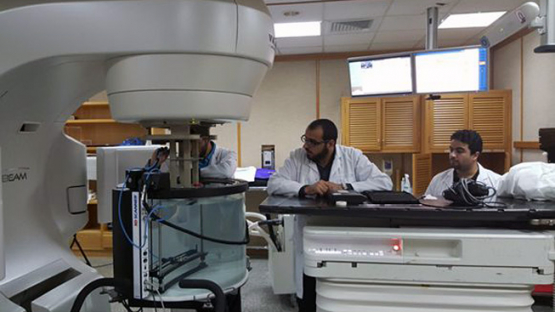The number of research institutions assisting the IAEA in research, development and training has grown to twenty-five this year, the highest number in decades. This is the result of the designation of five new institutions and the re-designation of another seven partner institutions as IAEA Collaborating Centres over the last ten months.
Joint research with the Collaborating Centres helps the IAEA assist countries in reaching important development targets under the United Nations’ Sustainable Development Goals (SDGs), said Nathalie Colinet, who is in charge of the scheme at the IAEA. “These centres act as the IAEA’s multipliers on the ground, around the world.”
Each Collaborating Centre has unique facilities and skills in a distinct nuclear technology related area, including food irradiation, environmental radioactivity measurement, the study of the health effects of radiation, non-destructive diagnostics and water resource management, among others. While historically the Collaborating Centres engaged in areas related to nuclear applications, last July, the Hungarian Academy of Sciences’ Centre for Energy Research (MTAEK) was designated as the first IAEA Collaborating Centre in nuclear security. It works with the IAEA and other Member States in nuclear forensics.
Recognition by the IAEA enhances the scientific standing of the institutions, said Andrzej Chmielewski, Director General of the Institute of Nuclear Chemistry and Technology (INCT) in Poland. “It helps the Institute in the annual evaluation conducted by the Committee for Evaluation of Scientific Units and the Ministry of Science and Higher Education. We currently rank as A+, a category only 2 out of 52 institutes fall into.” The institute focuses on radiation processing and industrial dosimetry.






